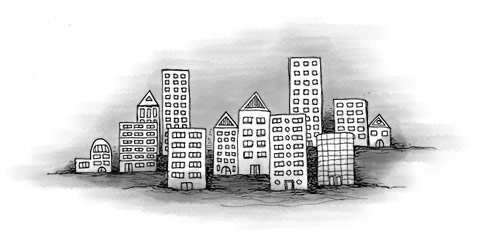Utilities
You can now pay most bills online through certain banks, including Banco Pichincha.
Electricity
Ecuador uses a 110 volt electrical system. Remember that though most plug sockets accept standard 2-pin american plugs, this can differ across the country. Make sure you have at least one universal adaptor.
There are frequent power outages in rural areas which can last several days at a time. Generally the supply in cities is pretty consistent, though in 2009 there were rolling blackouts of three months due to a drought that depleted water levels at hydroelectric plants.
All electricity is provided by the state-owned Transelectric company. Paying your bill involves going in person to an office in your municipality, or paying online through your bank.
Gas
As is the norm in many parts of the world, your household gas will probably come from large canisters. Once these run out, a private gas company will come to collect your empty bottle and replace it. These shouldn’t cost more than a few dollars each to replace.
Water
If you live in the city, getting running water won’t be a problem (over 90% of urban households have access). Connection to a water supply in rural areas is less common however, so make sure you ask about access when looking at rental properties in the countryside. As with electricity, you can pay online or at a Servipagos outlet. Amounts you’ll have to pay will be minimal.
It’s not recommended that you drink tap water in Ecuador as the quality is poor. Think about buying bottled water, or better still, investing in a good filter.

